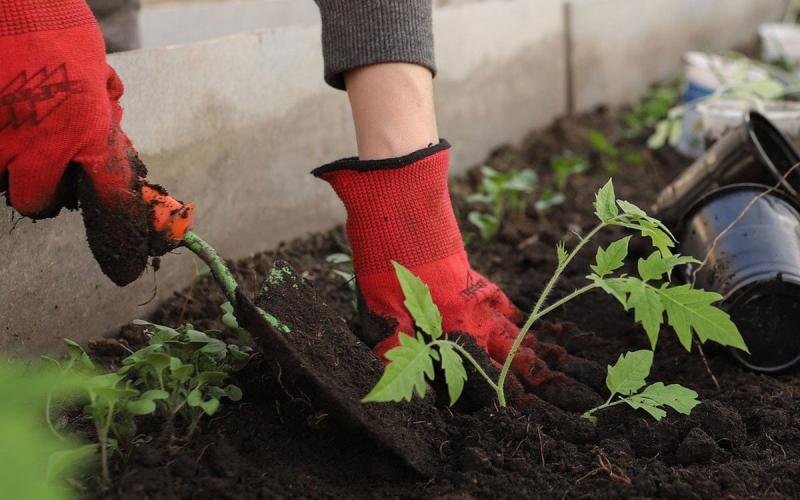Herbicide Selection and Application
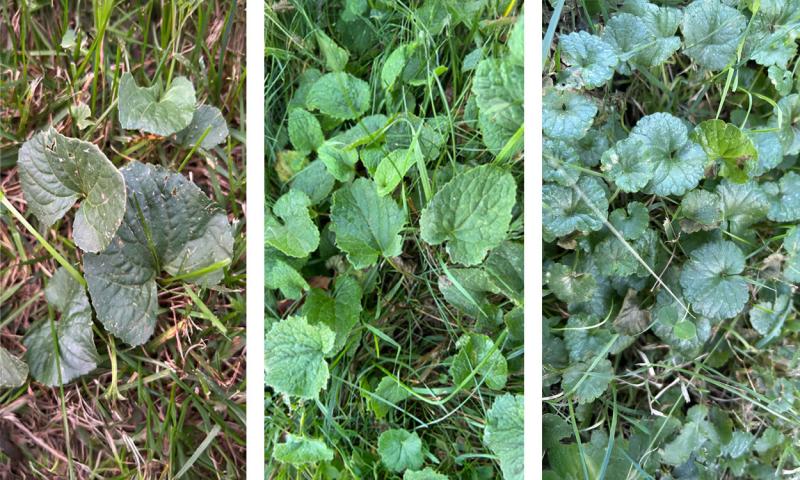
Early fall is great time to control perennial weeds in lawns and turf. To kill a perennial weed, you typically must kill the roots, and not just the above ground foliage. This is best done by making herbicide applications during early fall when weeds send more of their resources to the roots to prepare for winter survival. Translocated herbicides, such as those belonging to the synthetic auxin family (group 4), also move to the roots with these resources during early fall. Examples of synthetic auxins include 2,4-D, dicamba, mecoprop-p, quinclorac, triclopyr, and clopyralid. Many common lawn and turf herbicides (Trimec® and several others) contain a blend of these, with 2,4-D as the primary active ingredient and lesser quantities of dicamba and mecoprop-p. Some also contain quinclorac, primarily for crabgrass control. Early fall applications are recommended because the shorter days and cooler temperatures have signaled weeds to prepare for winter. In addition, there’s usually enough mild weather remaining for herbicide effectiveness. Daily high temperatures should remain above 60˚F for several days prior to and following the application. Even if daily high temperatures are in the 50’s, the herbicide can still be effective. Light frosts prior to and following the application typically won’t have a negative impact on herbicide performance. However, several hard freezes can damage plant tissue, which reduces the weed’s ability to transport herbicide to the roots. Adequate soil moisture optimizes herbicide performance. So, if possible, water the area at least one day prior to application or wait for rain. Listed below (Table 1) are some common perennial weeds and the best herbicide active ingredients for fall control.
| Species | Best Herbicide Active Ingredient(s)* |
|---|---|
| Dandelion | 2,4-D |
| Canada Thistle | clopyralid (Lontrel®) |
| White Clover | triclopyr, clopyralid, dicamba, quinclorac |
| Ground Ivy (Creeping Charlie) | triclopyr, topramezone (Pylex®) |
| Wild Violet | triclopyr |
| Creeping Bellflower | triclopyr, dicamba |
| Field Bindweed | dicamba, quinclorac |
*When selecting a product, make sure the label says that it’s approved for use on lawns or turf. Also pay attention to the type of turf, as some products are approved for parks and recreational areas but not residential turf.
Triclopyr for Difficult Species
Tricolpyr is useful for controlling several weed species that are difficult to control with 2,4-D (Table 1). These include Wild Violet (Figure 1), Creeping Bellflower (Figure 2), and Ground Ivy (Figure 3). Many products containing triclopyr are intended for killing brush or small trees. If a product label says, “Brush Killer” or something similar, it’s likely not approved for use on lawns or turf. Instead, find a triclopyr product labeled “For Lawns” (e.g. Ortho Weed B Gon® Chickweed, Clover, & Oxalis Killer for Lawns). Since triclopyr is a brush killer, trees and shrubs can accidentally be killed by herbicide that comes into contact with foliage or exposed roots. The odds of this happening are reduced by applying when winds are less than 10 mph and temperatures are below 90˚F. Applicators should also be mindful of tree roots above the ground that could accidentally receive herbicide. The ester form of triclopyr is more volatile and should be avoided when trees are present. Choose triclopyr triethylamine salt instead.
Wild Violet
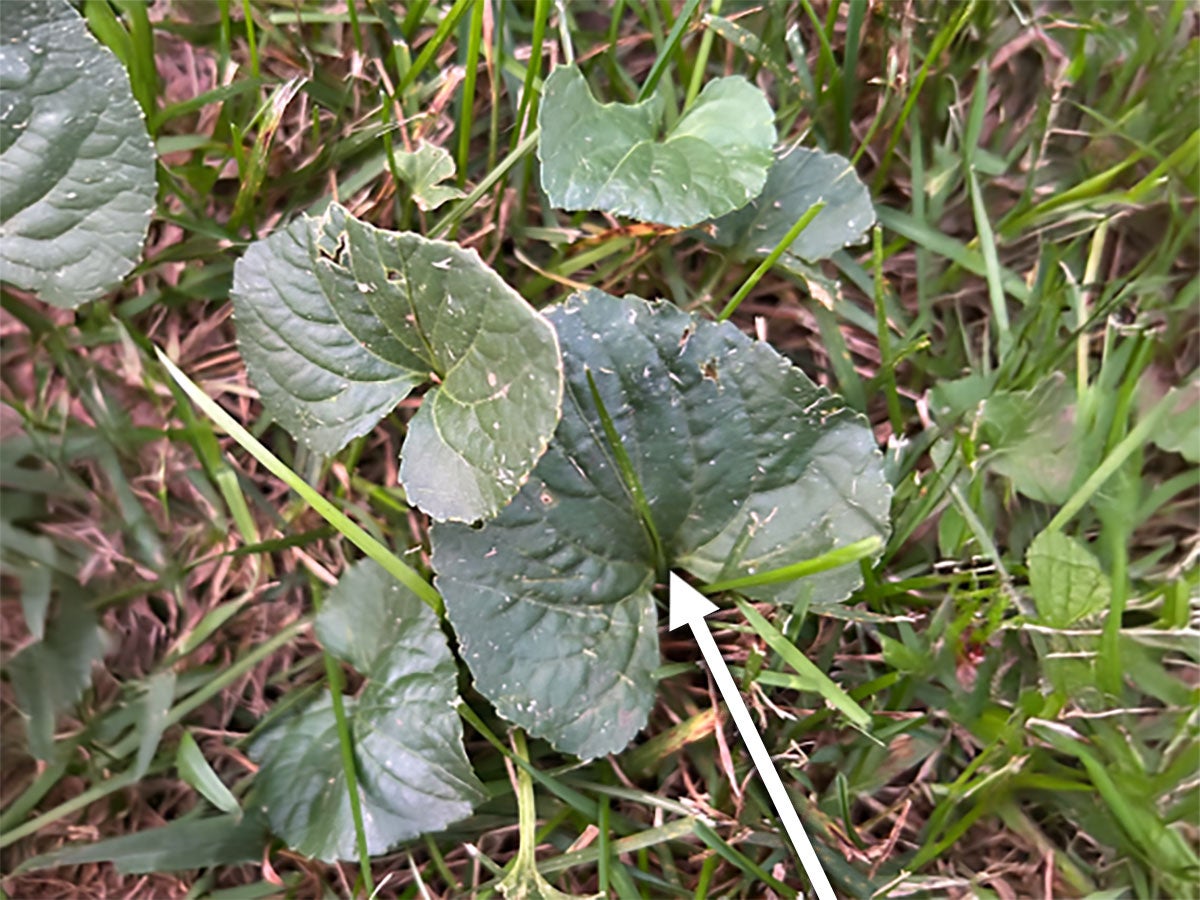
Creeping Bellflower
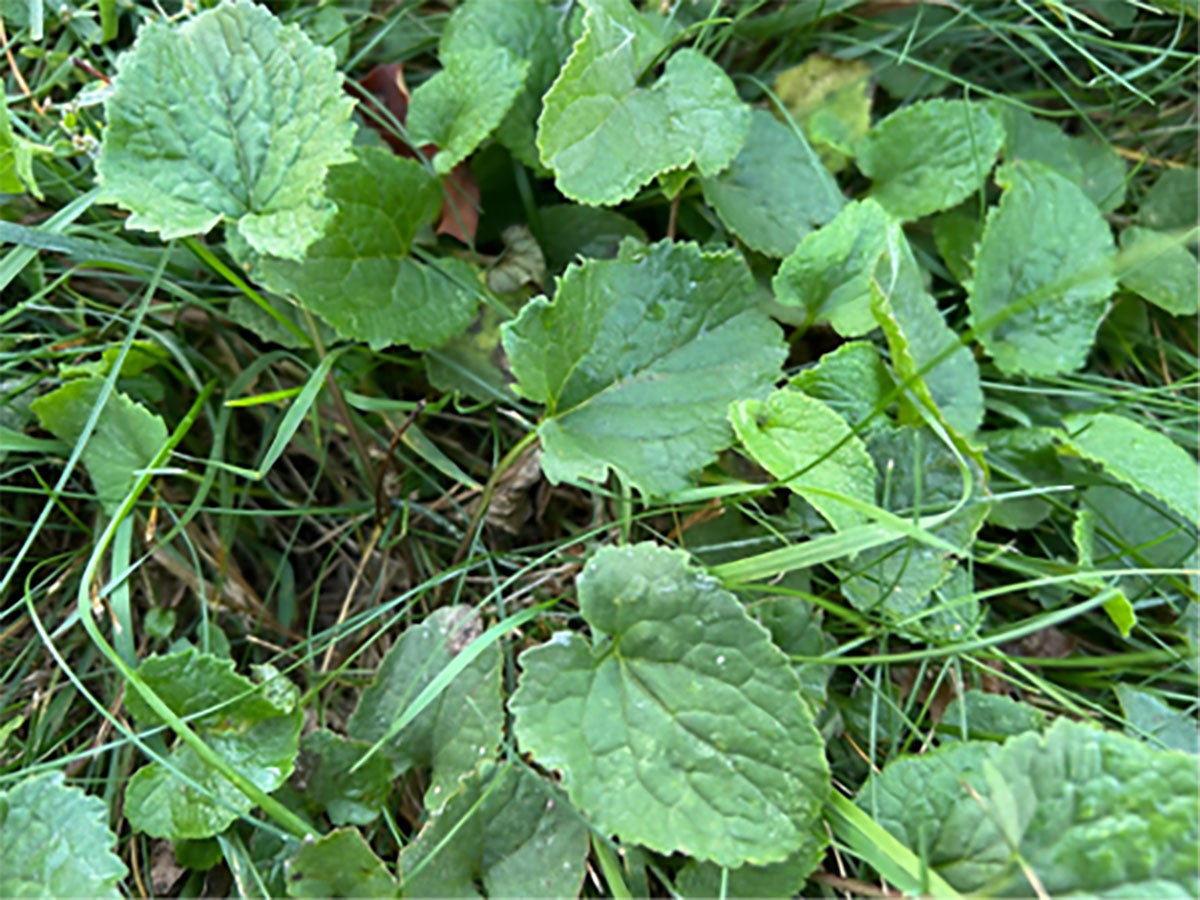
Ground Ivy (Creeping Charlie)
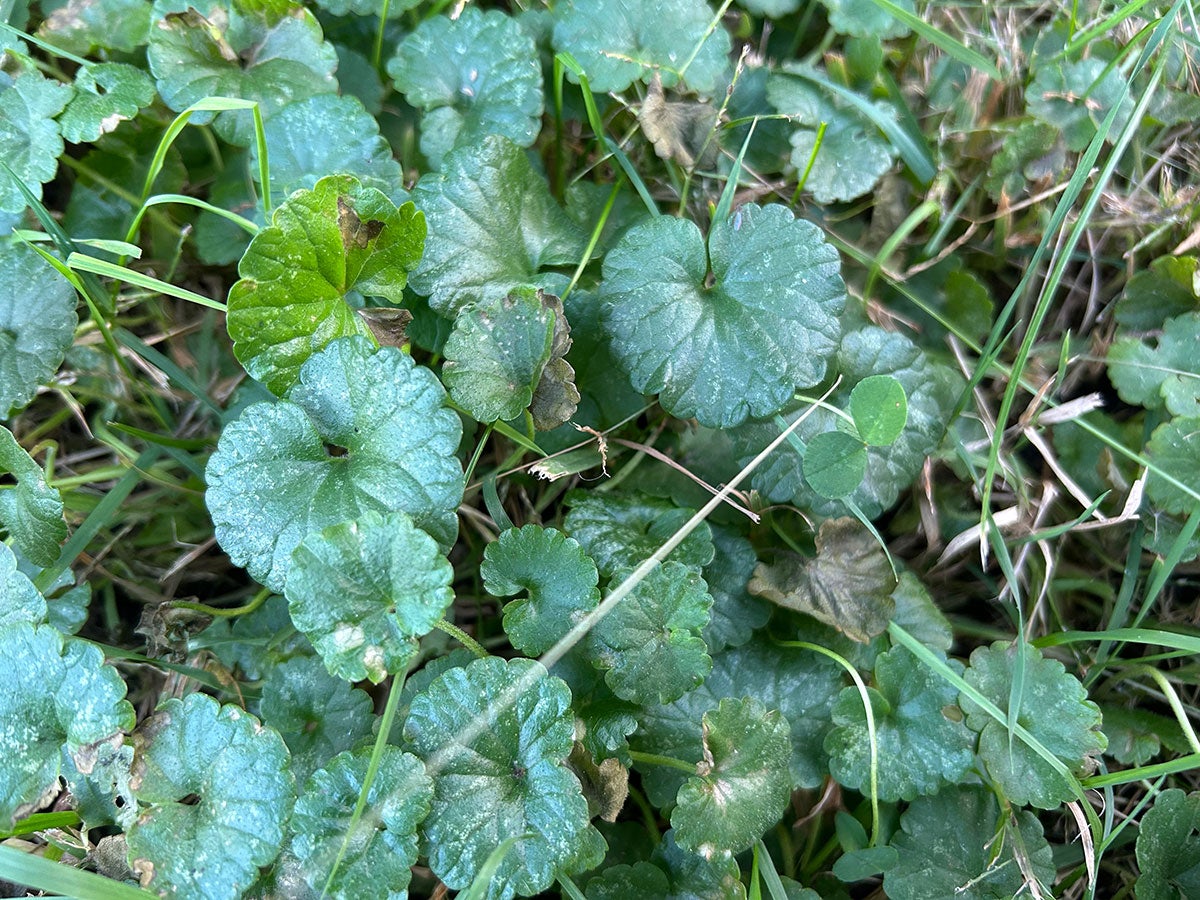
Clopyralid for Canada Thistle and Other Thistles
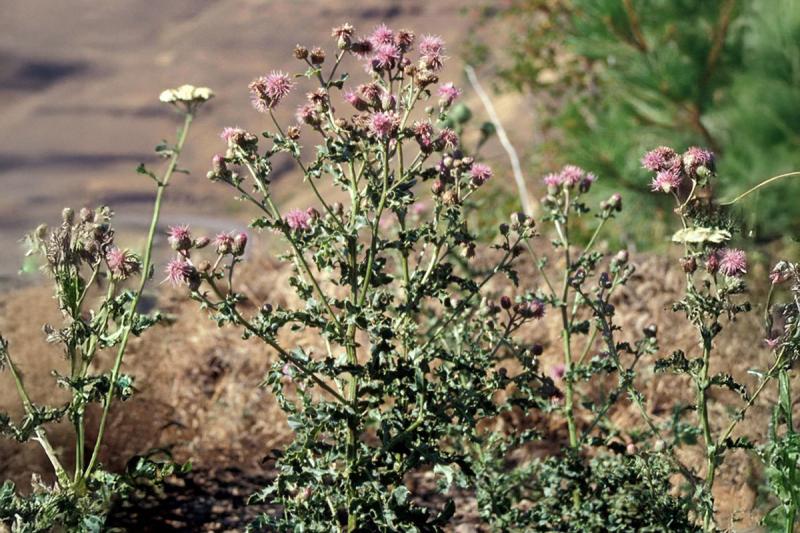
The most common lawn and turf herbicides found on store shelves contain a blend of 2,4-D, dicamba, and other active ingredients and can provide adequate control of thistle species, especially when applied during early fall. These products may require several applications over multiple years. Clopyralid provides superior thistle control compared to the common lawn and turf herbicides. Lontrel® is a clopyralid product that can be applied to parks and recreational areas, golf courses, seed or sod farms, and many other settings listed on the product label. However, it can’t be applied to residential turfgrass. It’s also relatively expensive and usually only available for online purchase. Stinger® and Transline® are more economical clopyralid products and intended for larger scale applications, such as permanent grass pastures, rangelands, Convervation Reserve Program (CRP) sites, and many others. Refer to the product labels, which can be found online, to determine which, if any, clopyralid product is approved for your setting.
